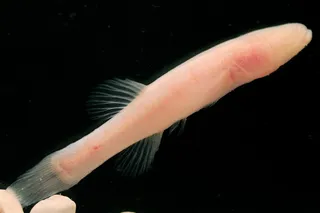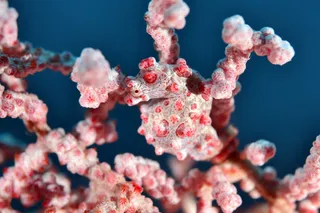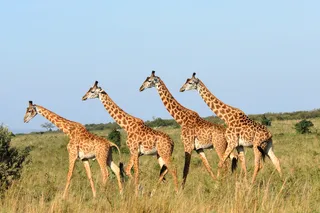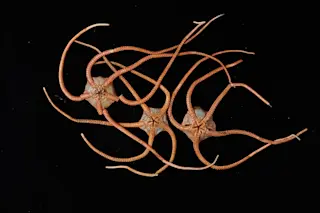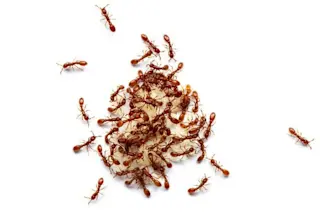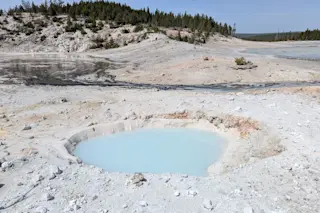Putting on clothing to protect our woefully hair-deficient bodies is one of the key moments in the history of becoming human. Just when our species took this step, however, is open to a fair amount of guesswork—scientists can't exactly dig up fossilized parkas and trousers. But what scientists can do is determine roughly when two species diverged, and that has made all the difference: Using the lice that have traveled with people for thousands of years, a team has tracked the time that humans first became dedicated followers of fashion—perhaps as long as 170,000 years ago. The key to the study by David Reed and colleagues, which appears in Molecular Biology And Evolution, is that there are two kinds of lice that hang around humans: the head lice that live on our scalp, and the body lice that live in our clothes. At one point in the past these two ...
Lice DNA Reveals When Humans First Clothed Their Nakedness
Discover when humans first wore clothing, tracing its origins back as far as 170,000 years linked to body lice evolution.
More on Discover
Stay Curious
SubscribeTo The Magazine
Save up to 40% off the cover price when you subscribe to Discover magazine.
Subscribe


